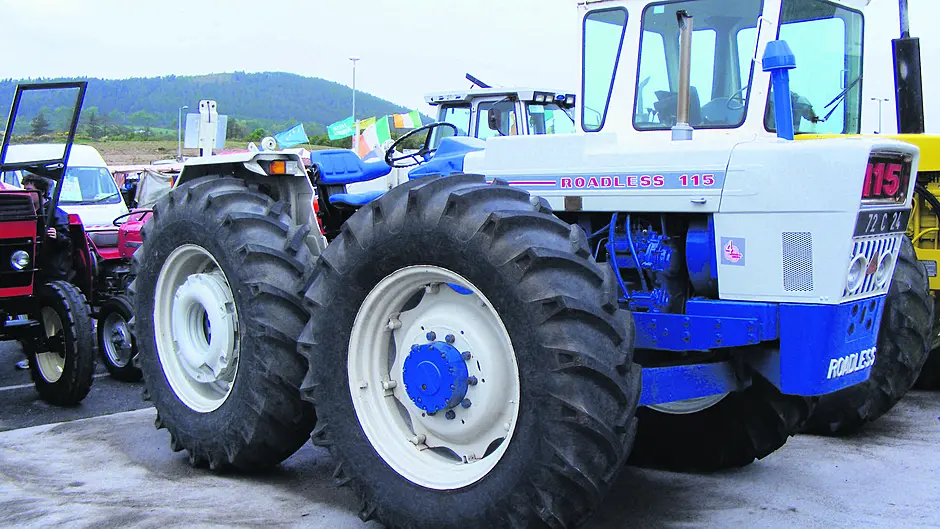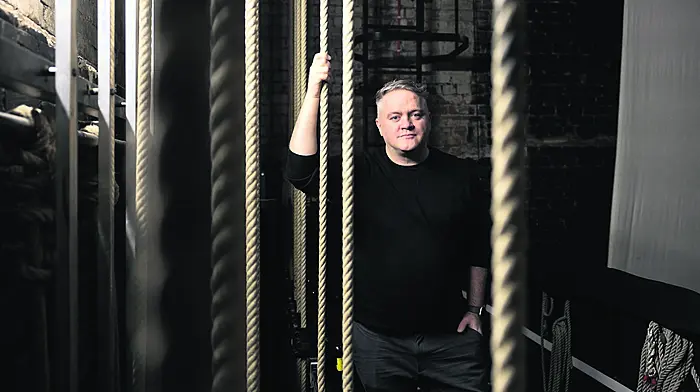With Peter O'Brien
HOUNSLOW in Middlesex was home to Roadless Traction which was founded by Philip Johnson in 1919.
A long-serving British Army engineer, Johnson had reached the rank of lieutenant colonel by the time he had retired.
More interestingly, he had been heavily involved in tank development during WW1 and using this knowledge and patents, he specialised in track conversions, including crawlers and half-tracks for the agricultural sector, before producing 4wd conventional tractors.
No stranger to 4wd with the successful Roadless Ploughmaster 75 and 95 tractors, Roadless made a bold move in 1968 releasing its first equal wheel 4wd tractor, the 115, which was a direct challenge to the other two major British specialist 4wd equal wheel manufacturers, County and Muir-Hill. To be successful, Roadless needed a unique selling point, and in fact, they had three.
The 115’s centre of gravity was significantly lower than the Muir-Hill, the 115 was more manoeuvrable than the County, and furthermore the 115 had an excellent weight balance ratio of 60:40 over the front axle, thanks to the use of spacers between the engine and gearbox.
This had the effect of having a 50:50 weight distribution ratio over both axles when an implement was attached, ensuring maximum traction.
The 115 is based on the Ford 5000 tractor. However, its 115hp comes from Ford’s 5.9l 2704E six–cylinder industrial engine.
Power is transmitted through Ford’s 8F2R gearbox using a 13” clutch. Lift capacity is rated at 2.7T. Assisted by the heavy front axle and wheel weights, the 115 tips the scales just shy of 5tons.
Roadless designed their own front axles for the 115 using cast steel, the assembly itself weighting 1ton. Drive was taken to the front axle via a centre drive shaft using a triple reduction technique – the differential, drop box and final drives in the front axle hubs. Another interesting feature was the ability of the operator to engage front and rear differentials simultaneously or just the front axle, thanks to separate pedals.
The tractor has bold styling with 115 emblazoned on the bonnet in red. A 30kg weight hangs from the nose and the tractor is typically fitted with 14 wheel weights, adding to its determined look.
As an optional extra, the 115 could be specified with an additional fuel tank, which can be easily identified by tractors which have their nose cone flush with the front weight – as seen in the photo. From 1970, a Duncan safety cab became an option for the 115, with a Quiet version added towards the end of the tractors’ production life.
• Contact Peter at [email protected] or see Instagram @flashphotoscork







